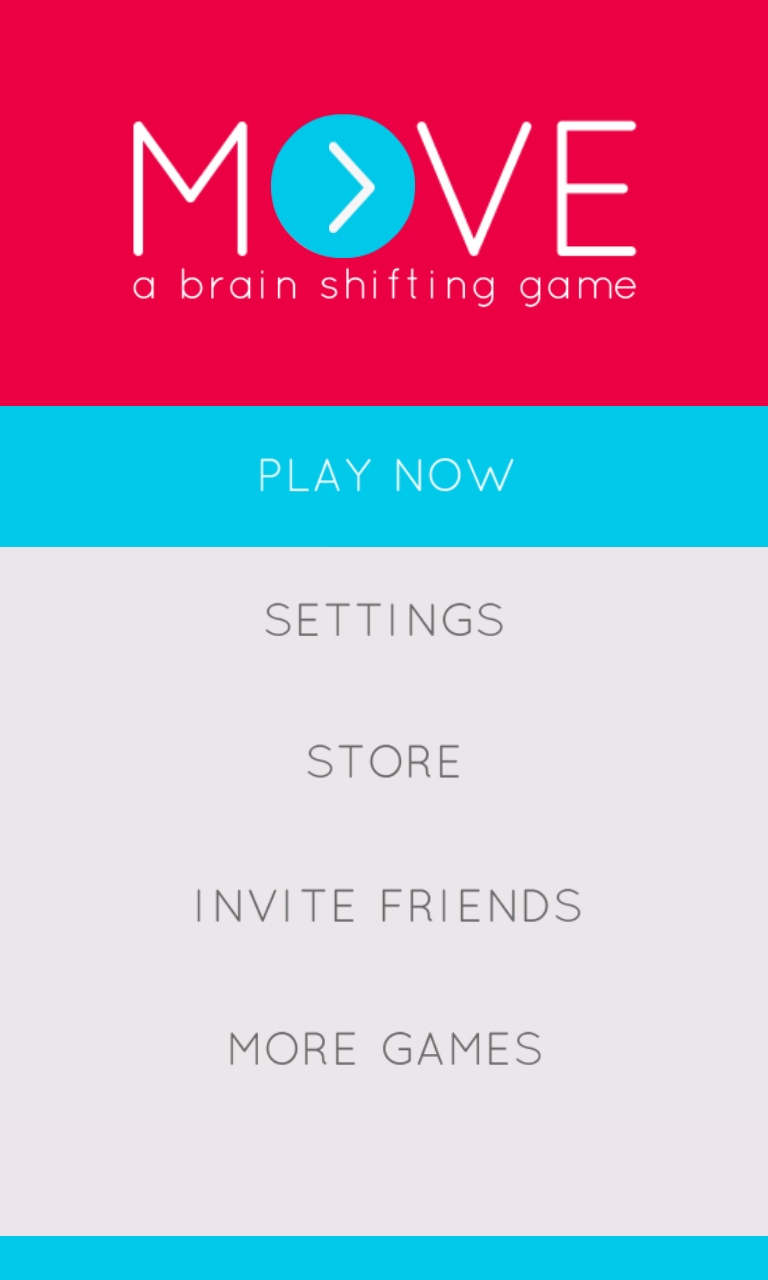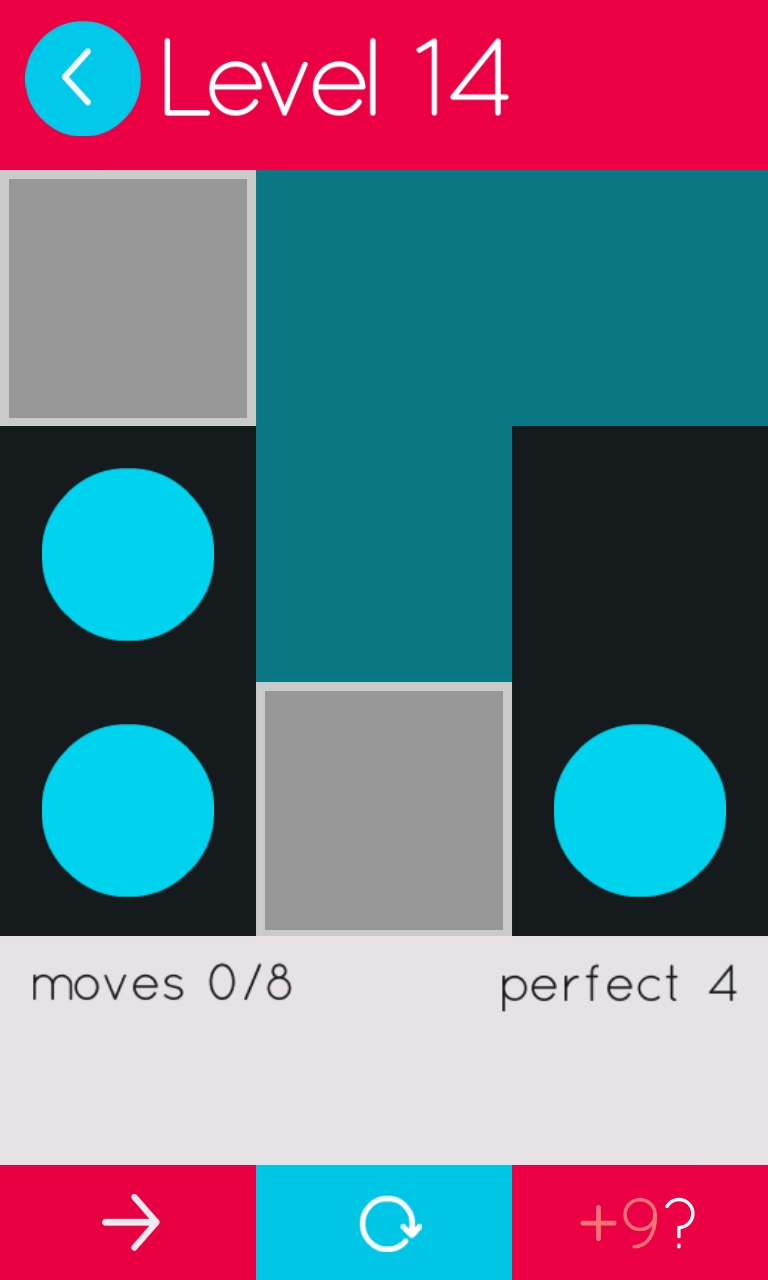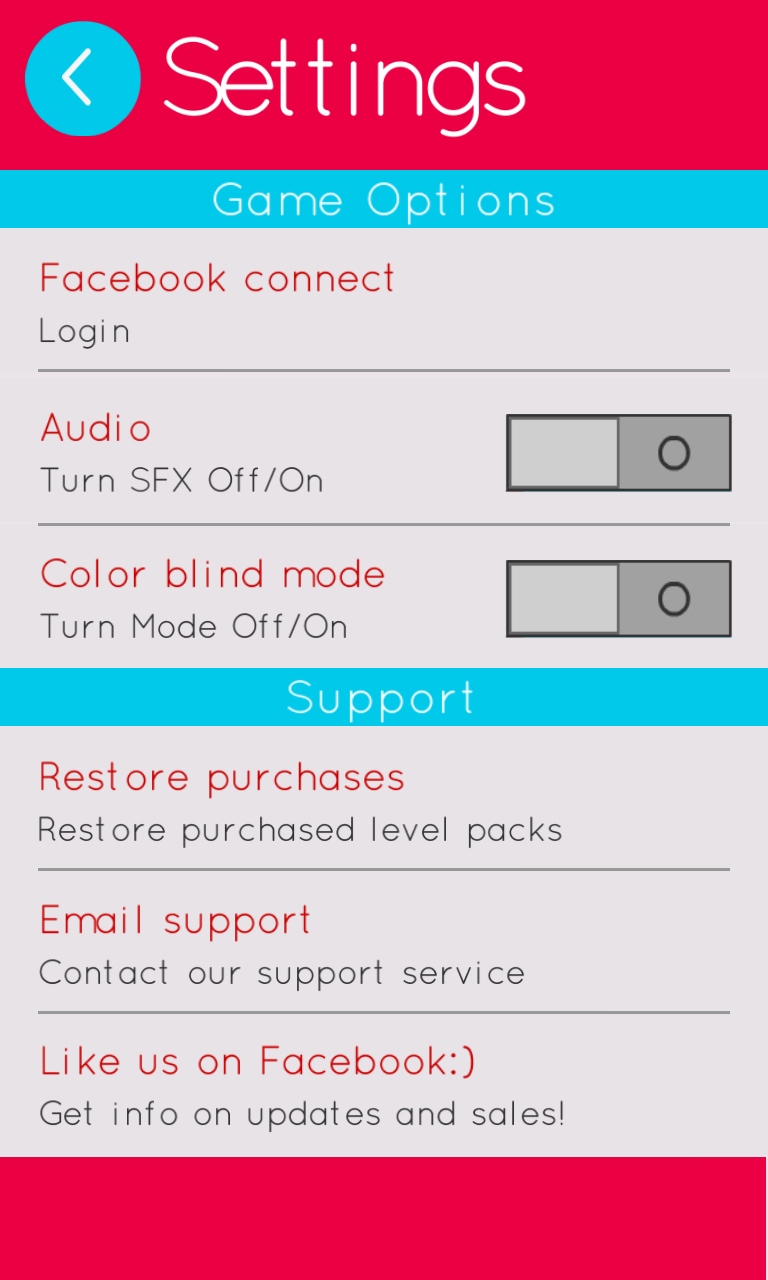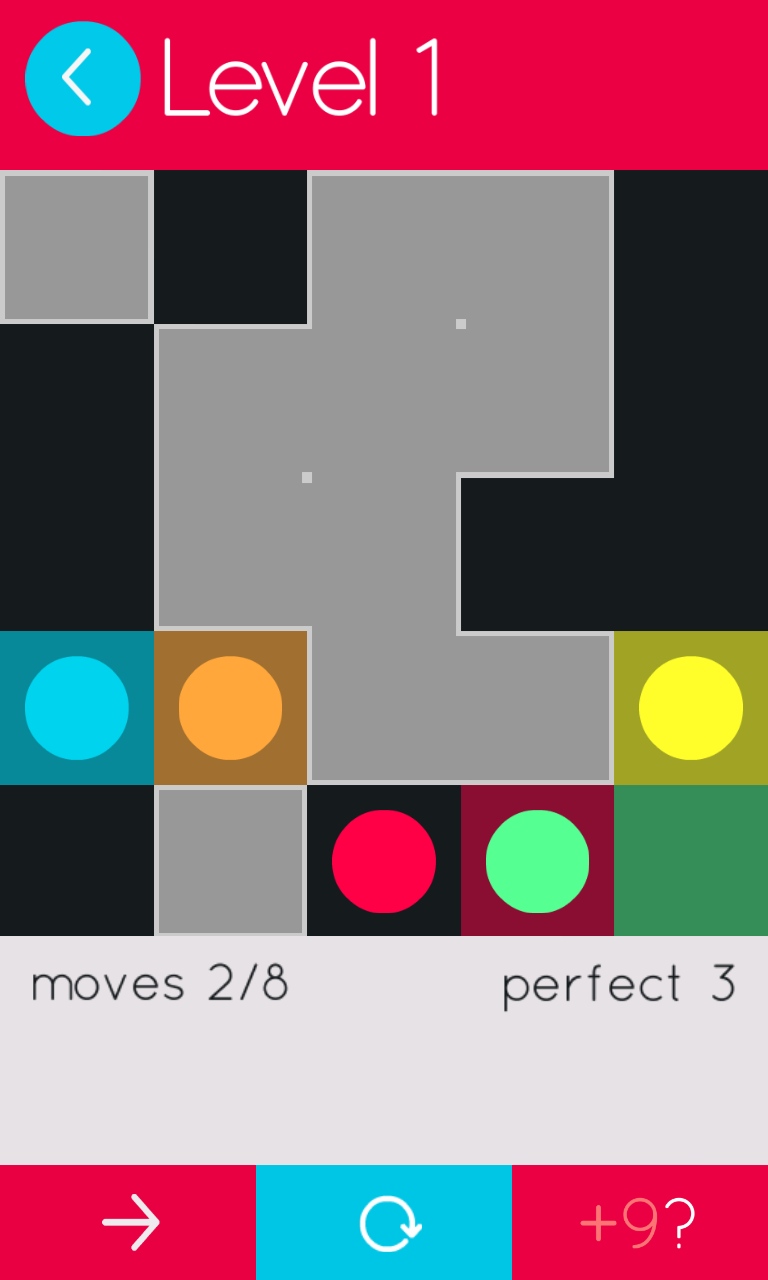Review: Move: A Brain Shifting Game
Score:
85%
Developed by Nitako, Move has already proven to be a popular albeit frustrating game on Android and iOS following its release in October. Now it's the turn of Windows Phone users to find out just how fun this infuriating 'brain shifting game' can be.
Version Reviewed: 1.0.0.0
Buy Link | Download / Information Link
In Move, you have to move your pawns (represented by coloured circles) onto the matching coloured floor tiles. As well as the latter you also have walls which will stop the pawns moving, all viewed from a top-down perspective.


You make your move with a simple swipe up, down, left, or right, by your finger on the screen. Each move will affect every single pawn on the screen, so if you swipe to the left, every pawn will attempt to move one tile to the left. If the tile is free, the move goes ahead; if the tile has a pawn on it, the first pawn will move if the second pawn can move (essentially a line of pawns will move if the first can move); and if there is a wall in the way, the pawn will not move.
It all sounds horribly simple, and it is. The beauty of Move is in the level design, working out which walls to use to stop some pawns moving while others move towards their coloured tiles. As you start the game, you are on a 3x3 grid with three blue pawns and three blue tiles (any blue pawn can be placed on any blue tile). As you work through the game, you have multiple colours of pawns and target tiles, on larger and larger grids. Anyone who knows me will probably have worked out that I'm going to like this game.
What's great is that Nitako hasn't simply implemented the game well, it has taken some time to think about the game's environment and user interface. The colour palette is one of aggressive pastels, which does its best to keep you calm in the face of frustrations. Movement is given a kinetic solidity with balls and texts snapping around the screen and bouncing in place as they settle. Nitako has spent time on the UI around the game, and in doing so has magnified the impact of the game. Yes, it looks unlike anything else on the Windows Phone platform, but I tend to give games a little bit more leeway when it comes to UI than I do applications that mirror the core functionality of my handset.
The font used is quite modern, but the kerning between the letters seems a little haphazard. Whether this is to lend a touch of chaos to an ordinary font I'm not sure, but it's the one UI element that feels slightly out-of-place.


But I'm going to overlook that simply because the addictive nature of the game, coupled with top-notch presentation, has handed me a puzzler that's probably going to keep me occupied until 2014 [you do know that's only a few weeks away?(!) - Ed]
The developer has even added in a hints system to get you out of a mental fix. A hint shows you the next correct move to make to solve a grid with a perfect solution. You start with ten hints available to you, and you can add to these through various social media interactions (such as inviting your friends), or purchasing hints using an IAP (in app purchase) system tied to the Windows Phone Store. 10 hints are 79p/99c, with discounts available for bulk purchases.
I think this is a good way to monetise the game during play (aside from buying more levels, which I'm about to get to). Trial and error will help you solve many of the early grids, by simply stepping through the next logical move and remembering where you make a choice in one direction so you can come back to it later. These early levels train you in what to expect and look for, so I've not yet found a pressing need to use a hint, but I can see where they would be useful just to confirm you are on the right track or start you off in the right direction for a level.


In terms of value for money, I'm very impressed. The trial version comes with 300 levels. These are all based around a 3x3 grid, with anything from one to three colours of pawns to move around. Another nine level packs can be purchased via the main menu or the in-app store, These increase the size of the board up to 5x5, with 5 different coloured pawns to move around and find their own space on the board. Each level pack can be purchased for 79p/99c, or you can step up and buy all nine level packs for £3.49/$4.99.
For 1200 levels, that's fantastic value. And even though some of the levels may only take a minute or two to play, the later levels are going to take more figuring out just to solve, let alone solve in the lowest number of moves possible to gain your three stars. Let's be generous and say an average of four minutes a level, and you end up with eighty hours of gameplay! And you get twenty hours of free levels before you have to decide on making that small investment.
Move is a puzzle game that I can see having wide appeal. It's relatively abstract in design, so all you get is the puzzle. It's fast enough to play that you win small rewards frequently enough to keep playing, but far enough apart to feel the challenge. The graphics add a touch of realism and keep everything active while you play, and all the menus and graphics are clear both during the game and while selecting menu options.
Perhaps the only fault is that it is a puzzle game, and that means a section of the audience will simply not look at Move as a potential title, which is a shame, because they are missing a classic of the genre.
Reviewed by Ewan Spence at
